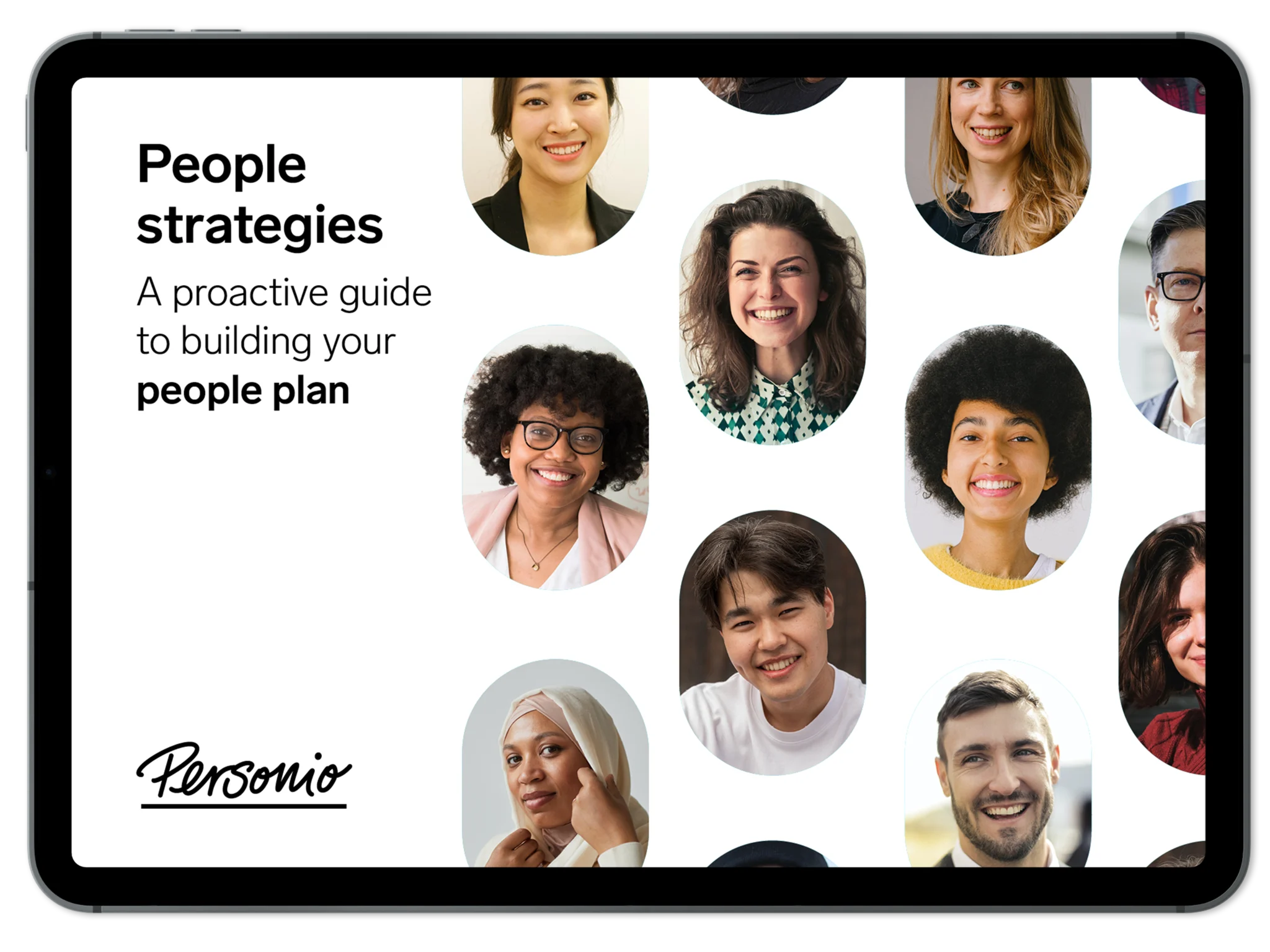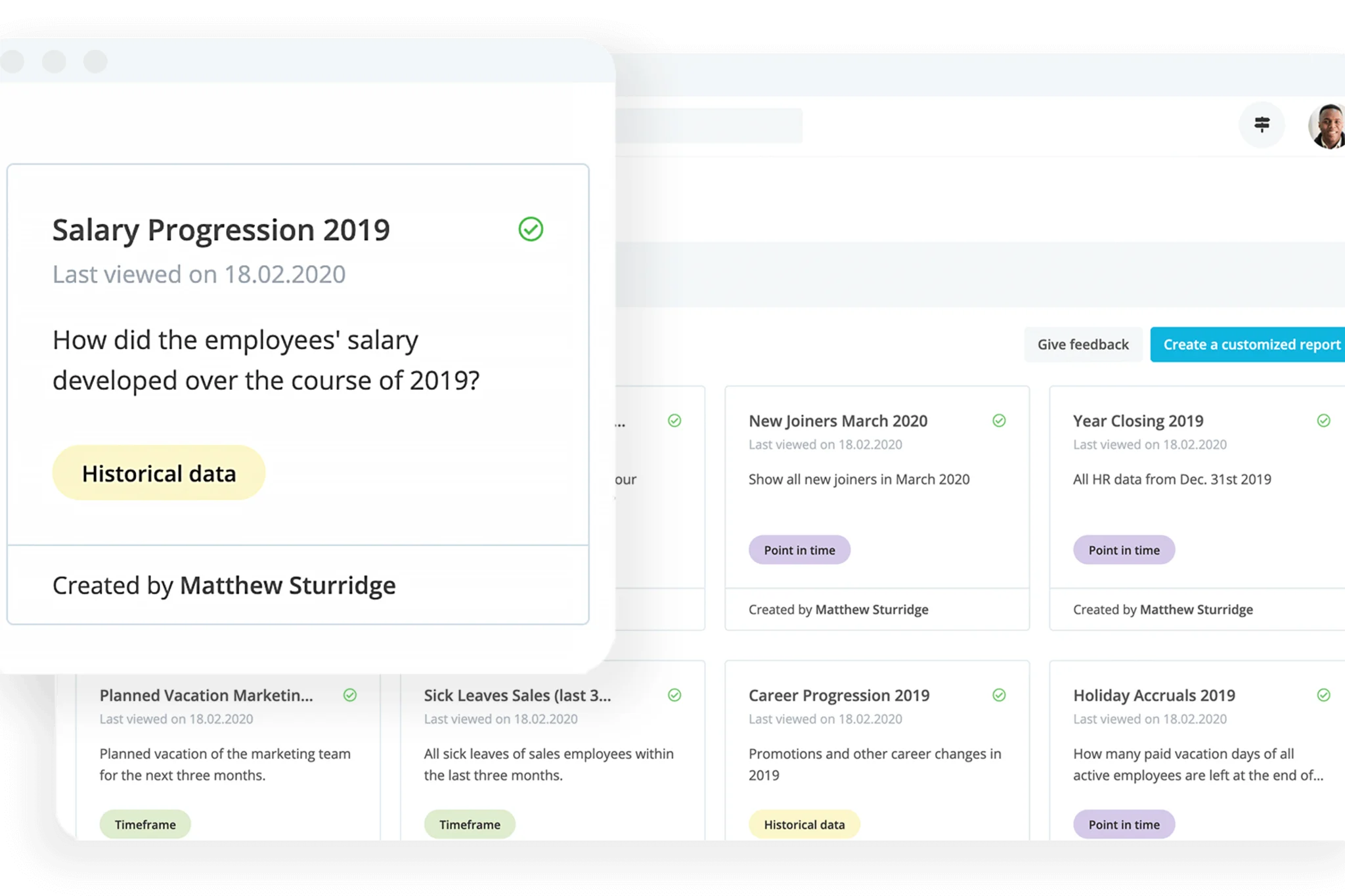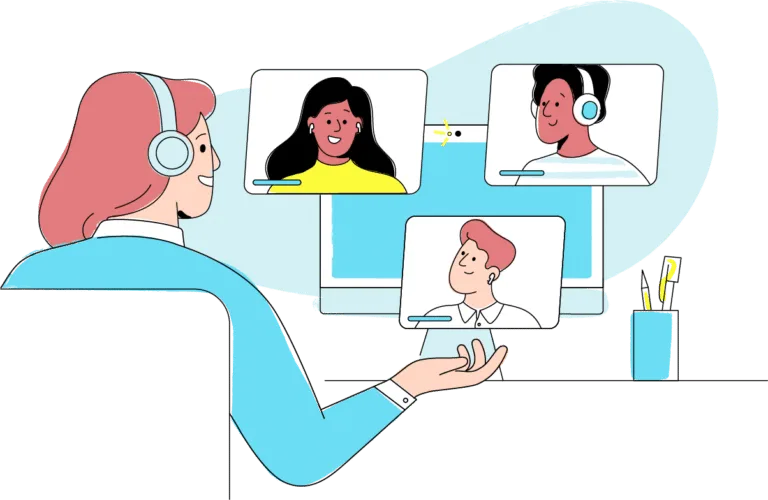What is Agile Working, Really?

Is agile working the future of work? This is a question plaguing many organizations and HR teams, those who want to plan for the future and to find success within it. But, first, they need an idea of agile work and how to implement it successfully.
In this article, we offer our own guide to the world of agile work. What it is, why it matters, and how you can put in place a foundation to make it work. If you are interested in agile work, and all its components, you've come to the right place.
Agile work is a key element of business transformation. Download our free guide to it today.What Is Agile Working?
Agile working is the embrace of decentralized methods of work, where organizations allow employees to succeed with minimal restraint and maximum responsibility. Not defined by physical spaces or the traditional concept of ‘workplace,’ agile work is a more freeform approach to work not defined by time, space, collaboration, or even role.
Truth be told, this is a bit of a conceptual term. So, if we want to work towards a more concrete definition, we need to think of it in its definable components:
Time – The hours in which employees work.
Space – Where employees do their work.
Collaboration – How employees work together.
Role – What employees work on in the first place.
Therefore, agile work is not limited to any one of these characteristics. It is more of a melting pot, which makes it an entirely new form of work. One that is buoyed by technological, solutions, and strategic work as its competitive advantage.
Let’s take a page from the Employers Network for Equality & Inclusion (ENEI), which defines agile work as: "[combining] maximum flexibility and minimum constraints to optimize performance and deliver best in class value and customer service."
What Is The Goal Of Agile Work?
The main goal is to create a seismic shift in the way work is thought about and approached by employees. It is to create a more balanced and motivated workforce, which results in more effective products or services.
An additional goal is to prepare for the future of work. Amongst considerations like remote working and home office policies, organizations need to better understand how agile work, as a foundational piece rather and a fringe benefit, can serve their aims and goals.
What’s The Difference Between Agile Work and Remote Work?
It’s mainly that agile work can incorporate remote work, but remote work is not synonymous with agile work, it is merely a condition of it. While agile work can rely on working from any place, it is a more comprehensive form of this as it loops in other disciplines and components.
Does Agile Work Produce Results?
The governing concept behind being agile is that it weighs heavily on outcomes, rather than all of the steps and (at-times) performative elements that get you there. For this reason, results are truly the name of the game.
First worth noting is that studies have shown that location-independent workers are more productive and happier in their roles. This is the first signal that we can rely on to start trusting agile work as a meaningful method.
Now, while any objectives and key results (OKRs) need to be agreed upon before instituting any sort of methodology, the benefits are multiple:
Employees become empowered to own their work and results.
Outcome-based work typically results in more innovation and productivity.
Employees are more satisfied at work.
Your employer brand is increased based on this satisfaction.
Avoiding the risk of employee burnout due to trusting employees to manage their own time.
Happier customers based on more productive, innovative employees.
In fact, according to The Agile Organisation, 63% of managers linked growth in revenue directly to flexible working.
What Are Some Relevant Terms?
Here are some of the most common terms that come with the territory of agile workforces:
Hot Desks – Sharing desks and having them serve as ‘common spaces’ that agile workers can use as suits them. This is typically a prelude to a more agile form of work, as it marks a departure from presenteeism.
Presenteeism – The outdated method of being in the office for a set period of time, when you could do the same work in fewer hours regardless of location.
Flexible Working – Otherwise known as ‘flex hours,’ this is an extension of presenteeism where there is some leeway in hours in the office versus hours working.
Unified Communications – A key tenet is having a single source for all of your workplace communications (or, at the very least, an emphasized medium). This could be a workplace messaging application, or even email, in some instances.
Is Your Company Ready To Be Agile?
Now, this is going to be a tricky question and will be entirely based on your unique organization. The first thing you should consider is the type of corporate culture you have — first, is it defined? Do you have values or ways of expressing your culture that mean something to your employees?
After all, if your culture isn’t built on things like trust or transparency, it is difficult to sell agile work as a meaningful long-term plan for employee productivity. That’s because it will ring hollow, and employees will view it as an option or simply context-driven.
Therefore, you need to have the right processes in place, including:
Buy-in from management and leaders across the organization.
A change management process put in place to ease into agile work.
A progressive corporate culture that focuses more on outcomes than hours worked.
Strategic HR initiatives to emphasize accountability and transparency or feedback.
When you have each of these things, your company is better able to transition into becoming agile and stay there for long-term gains. That said, it rests on your HR having the time and the tools to really work on it as a meaningful method for your organization and business.
What Are Common Challenges?
First, it is vital for an organization to have a change management process in place. That’s because, for business to thrive in times of change, there needs to be a well-thought-out and defined strategy to get there.
Ultimately, most companies can’t become agile overnight. It’s a project and one that comes with a host of benefits (as detailed above). So, the work involved may certainly be worthwhile, but how do we get there?
Some of the common challenges companies shifting to agile work include:
Not enough belief from management that it will bring results.
Lack of belief from staff that they will be trusted with agile work.
Trying to force a cookie-cutter method to agile work.
Not enough consultation with staff during every step of the process.
How Should HR Approach Agile Work?
The first thing that HR needs is the software to help make it a reality. That’s because a key tenet of agile work is having a single source of truth for all employee data, requests, and other core HR processes.
After all, organizations cannot succeed until they excel at operations. A big piece of this is having the foundation required to manage employees. A large piece of agile work is having the technology to succeed, and that’s where HR software comes into play.
When it comes to absences, hours worked, feedback, and more, Personio is the all-in-one solution to help your HR department introduce agile practices. While this is part of a bigger change, Personio offers teams the time they need to focus on people and strategy.


